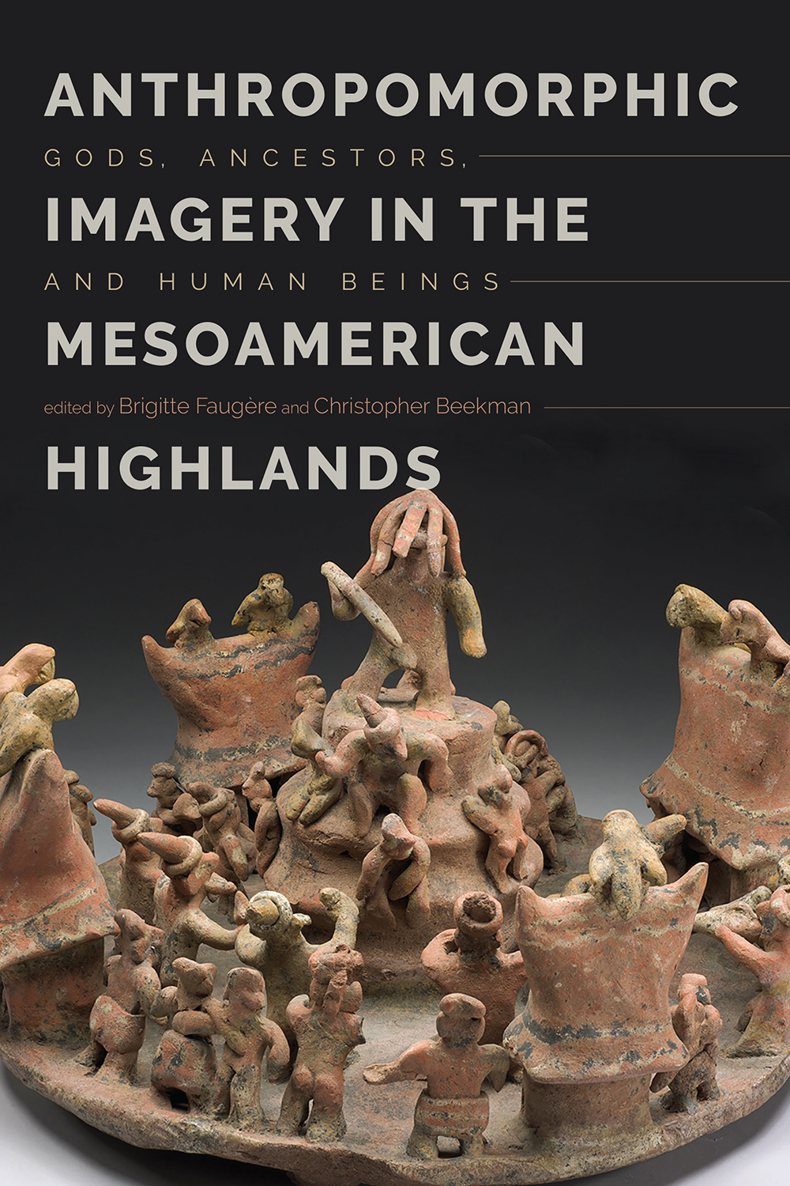
Anthropomorphic Imagery in the Mesoamerican Highlands
Gods, Ancestors, and Human Beings
EDITED BY
Brigitte Faugre AND Christopher S. Beekman
U NIVERSITY P RESS OF C OLORADO
Louisville
2020 by University Press of Colorado
Published by University Press of Colorado
245 Century Circle, Suite 202
Louisville, Colorado 80027
All rights reserved
 The University Press of Colorado is a proud member ofthe Association of University Presses.
The University Press of Colorado is a proud member ofthe Association of University Presses.
The University Press of Colorado is a cooperative publishing enterprise supported, in part, by Adams State University, Colorado State University, Fort Lewis College, Metropolitan State University of Denver, Regis University, University of Colorado, University of Northern Colorado, University of Wyoming, Utah State University, and Western Colorado University.
ISBN: 978-1-60732-994-7 (hardcover)
ISBN: 978-1-60732-995-4 (ebook)
https://doi.org/10.5876/9781607329954
Library of Congress Cataloging-in-Publication Data
Names: Faugre, Brigitte, editor. | Beekman, Christopher, editor.
Title: Anthropomorphic imagery in the Mesoamerican highlands : gods, ancestors, and human beings / edited by Brigitte Faugre and Christopher Beekman.
Other titles: Gods, ancestors, and human beings
Description: Louisville, Colorado : University Press of Colorado, [2019] | Includes bibliographical references and index.
Identifiers: LCCN 2019030034 (print) | LCCN 2019030035 (ebook) | ISBN 9781607329947 (cloth) | ISBN 9781607329954 (ebook)
Subjects: LCSH: Indian artMexico. | Anthropomorphism in art. | MexicoAntiquities.
Classification: LCC F1219.3.A7 A487 2019 (print) | LCC F1219.3.A7 (ebook) | DDC 972/.01dc23
LC record available at https://lccn.loc.gov/2019030034
LC ebook record available at https://lccn.loc.gov/2019030035
Cover image courtesy of the Art Institute of Chicago.
Contents
Brigitte Faugre and Christopher S. Beekman
Brigitte Faugre
Christopher S. Beekman
Melissa K. Logan
Marcus Winter
Gabriela Uruuela and Patricia Plunket
Andrew D. Turner
Claire Billard
Juliette Testard and Mari Carmen Serra Puche
Cynthia Kristan-Graham
Sylvie Peperstraete
Danile Dehouve
Archaeological Map of the Acmbaro Valley, Guanajuato
Chupcuaro figurines from San Cayetano
Chupcuaro-type figurines
Mungua-type figurine from La Tronera
Rayo-type figurine from Cuizillo Don Fidel
Hollow statuette from Louvre Museum
Some protagonists of the Cerro de la Cruz offering
San Cayetano burial
San Cayetano offering reconstruction
The animistic forces in the human body according to Lpez Austin
A horn headdress from Cuizillo Don Fidel
Heads of Chupcuaro figurines
Chupcuaro type with teeth
The earliest publication of western Mexican hollow figures
Watercolor by Adela Breton
Solid figurine holding staff with disk, and solid warrior figurine
Ceramic model of a guachimontn
Ceramic diorama with two opposing groups of warriors
Simplified guachimontn and pole ceremony
The Old Fire God, and a possible representation of the Wind God
Horned warrior facing left
Figure holding staff with disk
Figurine in dancing posture with noisemakers on legs
Hollow figure with a fixed fish mask
Warriors with animal on helmet
Details of three hollow figures with animal-skin hats
West Mexico
Ceramic figural pair of the Ixtln del Ro substyle
Design motifs identified on the clothing of the west Mexican figures
Cap-like head cover on figures in an Ameca-Etzatln pair
Zacatecas pair showing the two-horn head adornment of males
Ixtln del Ro pair showing a man (left) in the seated pose wearing a cape (200 BC AD 500)
Ixtln del Ro pair showing a third-gender figure
Example of an adolescentadult pair from the Ameca-Etzatln substyle
Example of an aged/emaciated pair from the Ixtln del Ro substyle
General view in the cave with the stream, terraces, and some sculptures
Location of San Isidro Huayapam in the Sierra Mixe of Oaxaca
Schematic plan and profile of the cave
The embracers sculpture
Trophy head painting
Jaguar and prey sculpture
The principal couple
Head of the principal male with jaguar features
Painting of head in profile, and drawing of a buccal mask
Ballgame sculpture
Painting of spotted rabbit and place sign
Sculpture of a woman with her legs spread
Jaguar sculpture
Crested iguana sculpture
Human bones at the south end of the cave
Map of the PueblaTlaxcala Valley
Middle through Terminal Formative female figurines from Cholula
Late and Terminal Formative male figurines from Tetimpa
Early Classic female figurines, UDLAP campus
Early Classic costumed and masked male figurines, UDLAP campus
Early Classic censers, UDLAP campus
Broken effigies from Cholulas elaborate Early Classic censers
Quadruped figurines, UDLAP campus
Non-combatant monkey figurines from Early Classic Cholula
Mobilization of grooved human and monkey quadruped figurines
Japanese sumo wrestlers
Mural fragment portraying the Teotihuacan Tlaloc
Late Postclassic representations of Tlaloc
Zoomorphic and anthropomorphic figures from Teotihuacan
The Teotihuacan Tlaloc (Tlaloc A)
The Teotihuacan Tlaloc and lightning bolts
Fangs, bigoteras, and forked tongues
Tlaloc jars and bundles
Compound symbols with the head of the Teotihuacan Tlaloc
The face of Tlaloc as a mask
The Mexican highlands and the location of Teotihuacan
Chronology of the Mexico Basin and Teotihuacan valley
Formative Old God effigy
Distribution of Classic-period Old God effigies
Map of central Teotihuacan
Classic pattern of representation of Old God effigies at Teotihuacan
An Old God brasero-effigy
Old God candle holder, ceramic
Xiuhtecuhtli as an old man
A Xiuhtecuhtli-Huehueteotl from the Templo Mayor
Moctezuma wearing a Xiuhtecuhtli costume
Selected Mesoamerican sites mentioned in the text
Different types of quechquemitl among Xochitcatl figurines
Woman with child
Pregnant woman, Offering 3, Flowers Pyramid
Pregnant woman, Offering 5, Flowers Pyramid
Articulated figurine
Life cycle of Xochitcatl women
Old woman
Skin serpent and xicalcoliuhqui motif on skirt of figurine
Enthroned figurine with quechquemitl
Campeche A figurine
Characteristic gesture of Rio Blanco Papaloapan figurines
Xochitcatl figurine headdress in relationship with Tlazolteotl
Distribution of figurine type by offering
Headdresses showing the bleeding flower glyph
Huehue drummer
Figurine showing perforations
Rattle figurine
Southern Hidalgo, the Tula region, and archaeological sites discussed
Reliefs, Tula Grande and Tula Chico
Figures with name glyphs, Pyramid B, Tula Grande
Pillar from Pyramid B, Tula Grande
View, Tula Grande
Plan, Tula Grande
Plan, Building 3, Tula Grande
Detail, section of the coatepantli, Tula Grande
Representative pair of figures from Tula Grande
Plan, Central House Group courtyard, Tula Grande
Next page

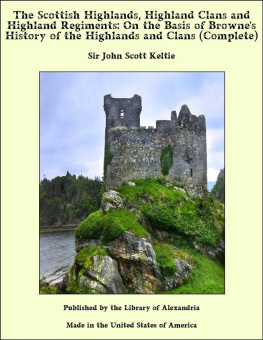
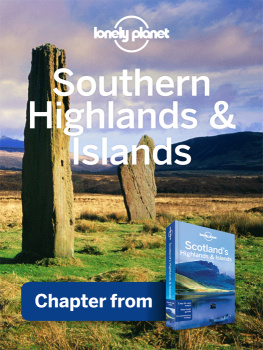
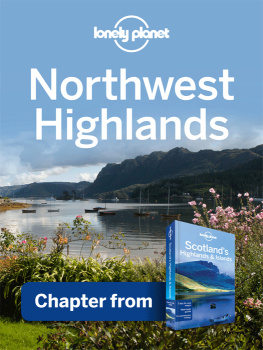
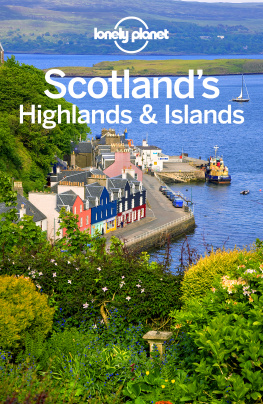
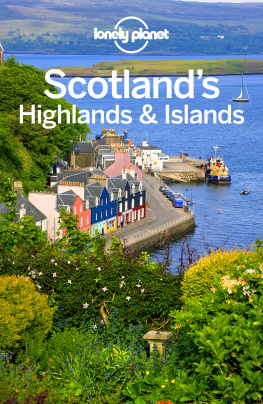
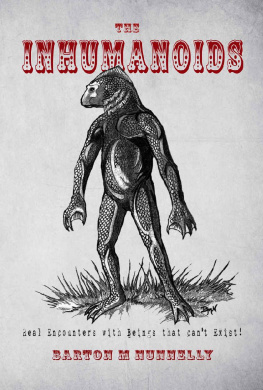
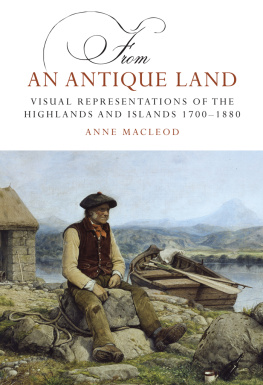
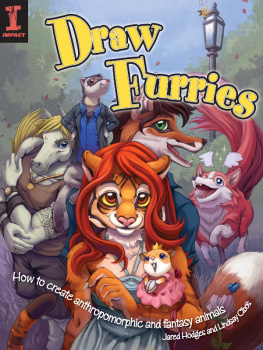


 The University Press of Colorado is a proud member ofthe Association of University Presses.
The University Press of Colorado is a proud member ofthe Association of University Presses.